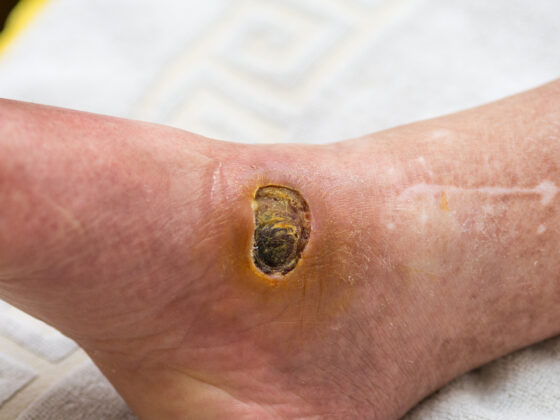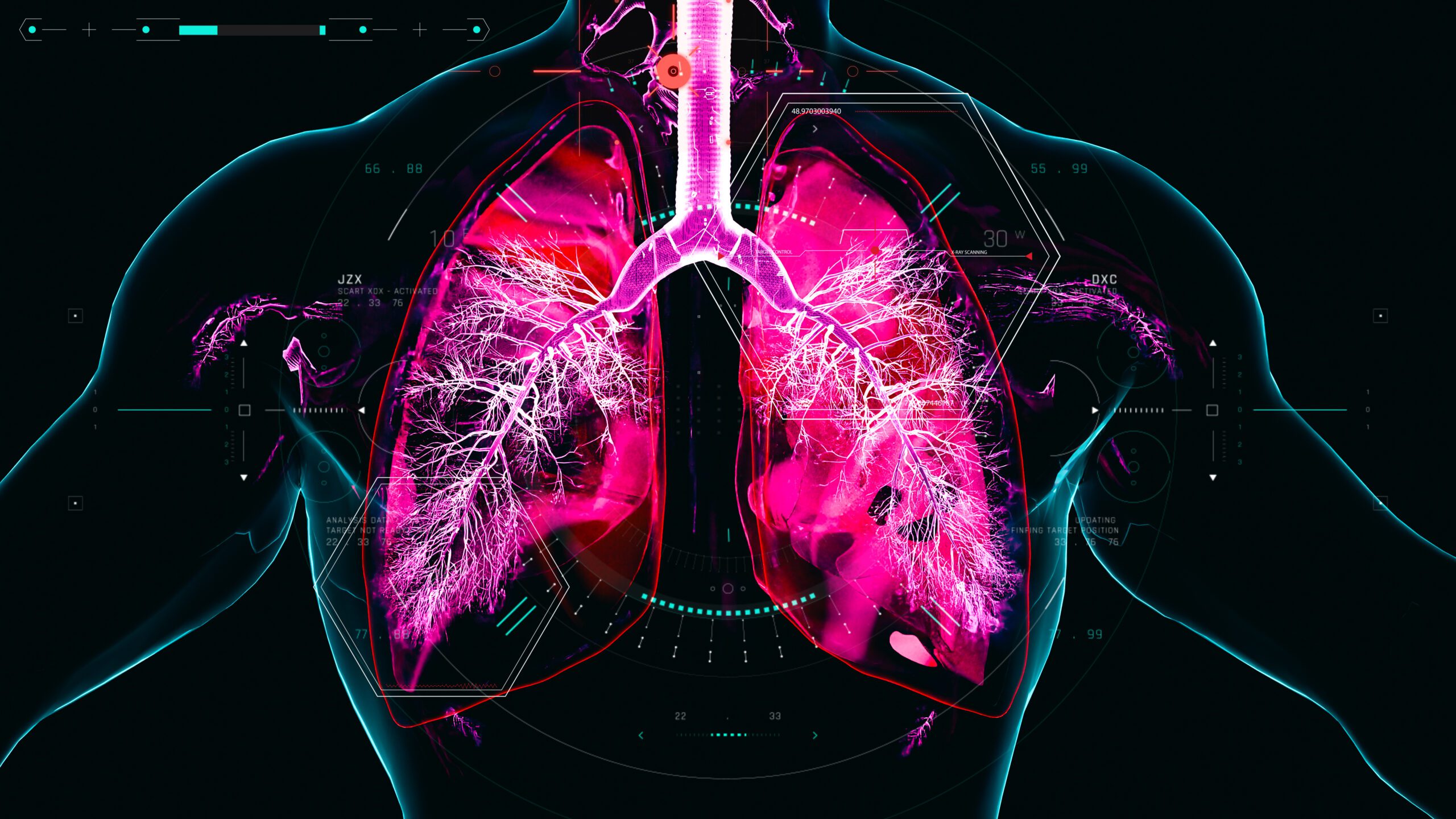Europe’s largest specialist conference in the field of mental health was held at the end of last year under the motto of ecological processes such as climate change, increasing urbanization and species loss. Environmental factors have a clear impact on the human psyche, which must be considered in the light of change. Many other current and socially highly relevant topics were also on the agenda.
A situation is neither “good” nor “bad” per se. Only the assessment by humans distinguishes them as harmless or dangerous. The decisive factor here is the context in which the event takes place. This includes the location, the arrangement of objects or the frequency. The evaluation of stimuli can also be influenced by contexts. This takes place via learning processes. This allows you to react appropriately to the situation. As an “occasion setter”, a context can represent the safety or danger of a stimulus within a context and modulate the processing of the stimuli accordingly. Restrictions in these learning processes are part of the pathomechanism of post-traumatic stress disorder (PTSD). After a traumatic situation, patients develop symptoms such as intrusions, avoidance behavior, overexcitation and hypervigilance, as well as negative moods and thoughts. Neurobiological models suggest that the hippocampus is less active in PTSD patients, while the amygdala shows increased activity. So far, however, there has been no review to analyze activation and deactivation patterns and functional networks across several studies. The aim was therefore to systematically meta-analyze all studies on context conditioning and PTSD [1]. PTSD patients should be compared with trauma-exposed and non-trauma-exposed healthy control subjects. The focus was on differences in functional neuronal activation patterns during context conditioning and the operationalization of spatial contexts in the study designs. Included were 13 studies with 326 PTSD patients, 176 trauma-exposed controls and 75 healthy, non-trauma-exposed controls. The review shows increased activity in the amygdala, ACC and insula and mixed results for hippocampus and vmPFC. There were no statistically relevant results. However, the hyperactive amygdala in stimulus processing in PTSD patients showed no significant differences when the focus was on contexts.
Treatment-resistant depression and ECT
Elevated levels of neurofilament light chains (NfL) are a biomarker for axonal damage and are associated with progression of cognitive decline. They may be related to cognitive performance. However, NfL are not disease-specific. No increase in NfL has yet been observed with electroconvulsive therapy (ECT). A study has now investigated the hypothesis that NfL are elevated in treatment-resistant depression (TRD) compared to healthy controls. In addition, an analysis of NfL and response to ECT compared to treatment as usual in TRD [2]. The study examined 85 patients with TRD and 32 healthy control subjects. 38 patients received a series of ECT, the others received medication. Psychological tests and blood samples were taken at baseline before the first ECT or before the start of treatment and after the last ECT or after four weeks. No differences were found between TRD and GK in the baseline. In the TRD patients, the NfL baseline correlated with ΔBDI and ΔMADRS. A difference in ΔNfL between non-responders and responders was not observed.
Response of therapy strategies for ADHD
Slow cortical potential training (SCP) is a neurofeedback (NF) training method for regulating cortical arousal. It is used, for example, in attention/hyperactivity disorder (ADHD), as a deficit in the regulation of cortical activation or inhibition is assumed here. Overall, this has led to good results. However, not all training participants showed the ability to modulate their brain activity via NF. One study examined the extent to which the differences in learning success can be attributed to neuroanatomical characteristics [3]. 25 sessions of SCP training were conducted over a period of three months. 38 participants completed the training. An increase in learning was observed in nine participants and no learning in 29. A significant cluster was shown in the gray matter. The regions of the cluster are predominantly among the target areas to be influenced by the SCP training. However, further evidence is needed to be able to assume neuroanatomical prerequisites for NF success.
The role of the noradrenaline transporter (NET) has increasingly come into focus in recent studies on ADHD. In a previous study, unmedicated adults with ADHD were shown to have reduced NET availability in brain regions that are relevant for attention. However, the predictive value of NET for the therapeutic effect of pharmacological treatment has been little studied to date. The aim of the current study was therefore to investigate whether treatment response is associated with individual NET availability prior to treatment in ADHD and whether health and social impairments are associated with NET availability [4]. Ten ADHD patients aged 26-53 years were included. All received pharmacological treatment, of which 70% received methylphenidate monotherapy. 40% reported a secondary depressive disorder, 20% other comorbidities. Half of the patients had low impairment, while 40% and 10% had moderate and significant impairment respectively. However, no significant correlation was found between NET availability before treatment and health/social impairment.
Medication safety for elderly patients
In psychiatric emergency departments, up to 50% of consultations are for geriatric patients. This group is predisposed to the occurrence of adverse drug reactions (ADRs) due to the frequent presence of severe concomitant somatic comorbidities and altered pharmacokinetic and pharmacodynamic properties. In psychiatric emergency situations, it is not uncommon for patients to be given medication with a sedative and/or antipsychotic profile to de-escalate the situation. The aim of one study was therefore to evaluate medication safety for geriatric psychiatric patients in an emergency department [5].
For this purpose, the admission reports and medication lists of patients aged >65 years were examined. The PRISCUS list and the Fit fOR The Aged (FORTA) classification were used to assess the use of potentially inadequate medication for the elderly (PIM). During the observation period, 81 older people received medication in the emergency room setting. The majority of the cases were caused by agitation and substance-related psychopathology. The leading underlying medical conditions were addiction, dementia and delirium.
According to the PRISCUS list 2.0, 69.4% of prescriptions were classified as PIM. 65.9% of the prescriptions were assessed as critical according to FORTA label C, 18.9% even according to FORTA D as too avoidable. Lorazepam, oxazepam, pipamperone and haloperidol were responsible for both most of the PIM dispositions and most of the potential medication interactions in the collective. Potential medication interactions following the prescription of psychiatric emergency medication often concerned the over-categories of antagonistic effects, increased risk of bleeding and ECG changes. PIM prescriptions are therefore frequent and their use in geriatric psychiatric emergency situations can hardly be avoided. With regard to possible medication interactions, close ECG checks and clinical monitoring for signs of bleeding should therefore be carried out.
Cycle-related medication fluctuations
The increasing prescription of psychopharmacological medication to women of childbearing age makes gender-specific differences in medication treatment more significant. Initial data point to gender-specific differences in the neurobiology of affective disorders and in the pharmacodynamics and kinetics of medication. It is therefore relevant to investigate the effects of hormonal fluctuations in the menstrual cycle on the effect and metabolism of psychotropic drugs in more detail [6].
To evaluate the drug levels, the concentrations (CD) and fold changes (FC) were calculated at three points in time. A steady state could be assumed for the following medications at all times: Bupropion (n=8), venlafaxine (n=4), sertaline (n=5), quietiapine (n=12) and lithium (n=7). Only bupropion showed significant differences in drug levels between the time points. This indicates a cycle-dependent fluctuation in drug levels. The clinical efficacy of bupropion could be affected by the changes. When looking at the hormone levels between patients with affective disorders and healthy controls, significant differences were observed for LH and estradiol. Future intervention studies are needed to determine the clinical relevance of this change and to develop methods to optimize the pharmacological treatment of women of childbearing age.
Mental health of relatives of people with cancer
Every year, around 10 million people worldwide die as a result of cancer. Compared to losses due to other diseases, many relatives report having expected death from cancer. The time between the diagnosis and the loss of the sick person can give relatives the chance to prepare for the care or death of the person and the time afterwards. This is operationalized as preparedness for caregiving, preparedness for death or pre-loss grief.
Studies have shown that these constructs can have an influence on the mental health of relatives. However, the constructs have mostly been considered separately and important health variables, such as somatization, have not yet been investigated. The aim of one study was to investigate the relationships between pre-loss grief, preparedness for death and preparedness for caregiving and various psychological health variables in relatives of people with cancer [7].
A total of 299 participants were recruited. The health variables surveyed were anxiety, depression, somatization and satisfaction with life. The results show that greater grief before the loss was associated with greater depression, anxiety symptoms, somatization and less satisfaction with life. Being more prepared for death, on the other hand, was associated with less somatization. The results suggest that people with high levels of grief before loss and low levels of preparedness for death need early support. Interventions should consider the mental health of relatives of people with cancer and address pre-loss grief and the various aspects of preparing for death.
Psychotherapy for depression
Depressive disorders are associated with a mood-congruent bias, among other things, which results in altered information and emotion processing and regulation and is also visible at the brain function level. The influence of cognitive behavioral therapy (CBT) on the neuronal patterns has not yet been clearly clarified. One review aimed to summarize CBT effects on brain activity assessed by task-based fMRI [8].
The patient samples of the included studies consisted of 10-28 patients with a current diagnosis of depression or dysthymia between 1 and 69 years of age. The intervention consisted of 5 to 36 sessions of CBT over a duration of 5-49 weeks and the MRT tasks were mainly emotion processing or regulation tasks and monetary reward tasks.
The results indicate that CBT can change brain function. In particular, there is evidence of reduced limbic reactivity in depressed patients after CBT, which indicates normalized emotion processing and regulation, as well as an increase in activity in response to reward stimuli in structures of the reward system. Changes were also observed in the ACC and PFC in many cases, but their direction is less clear. Thus, reduced limbic activity does not necessarily appear to be accompanied by increased cognitive control. It remains to be seen whether contradictory results are a methodological problem or the result of the clinically visible diversity of depression, or both.
Congress: dgppn 2023
Literature:
- Weische O, et al: Meta-analysis of contextual fear conditioning and extinction in patients with post-traumatic stress disorder. Poster. dgppn Congress 2023. 29.11.-02.12. Berlin.
- Huster F et al. Neurofilament light chains (NfL) and response in treatment-resistant depression and electroconvulsive therapy (ECT). Poster. dgppn Congress 2023. 29.11.-02.12. Berlin.
- Weber L, et al: SCP neurofeedback in ADHD: Can training success be predicted based on brain structure? Poster. dgppn Congress 2023. 29.11.-02.12. Berlin.
- Huang J, et al: Relationship between central norepinephrine transporter availability and response to pharmacologic therapy in adults with ADHD. Poster. dgppn Congress 2023. 29.11.-02.12. Berlin.
- Schulze Westhoff M, et al: Medication safety in older people in the psychiatric emergency department. Poster. dgppn Congress 2023. 29.11.-02.12. Berlin.
- Spadi J, et al: Menstrual Cycle-Dependent Medication Fluctuations in Affective Disorders – MAMBA. Poster. dgppn Congress 2023. 29.11-02.12. Berlin.
- Schmidt V, et al: The relationship between pre-loss grief, death preparedness and caregiving, and the mental health of relatives of people undergoing cancer treatment. Poster. dgppn Congress 2023. 29.11.-02.12. Berlin.
- König P, et al: Neural mechanisms of psychotherapy in depression – a systematic review of longitudinal fMRI studies. Poster. dgppn Congress 2023. 29.11.-02.12. Berlin.
InFo NEUROLOGY & PSYCHIATRY 2024; 22(1): 34-35 (published on 2.2.24, ahead of print)












